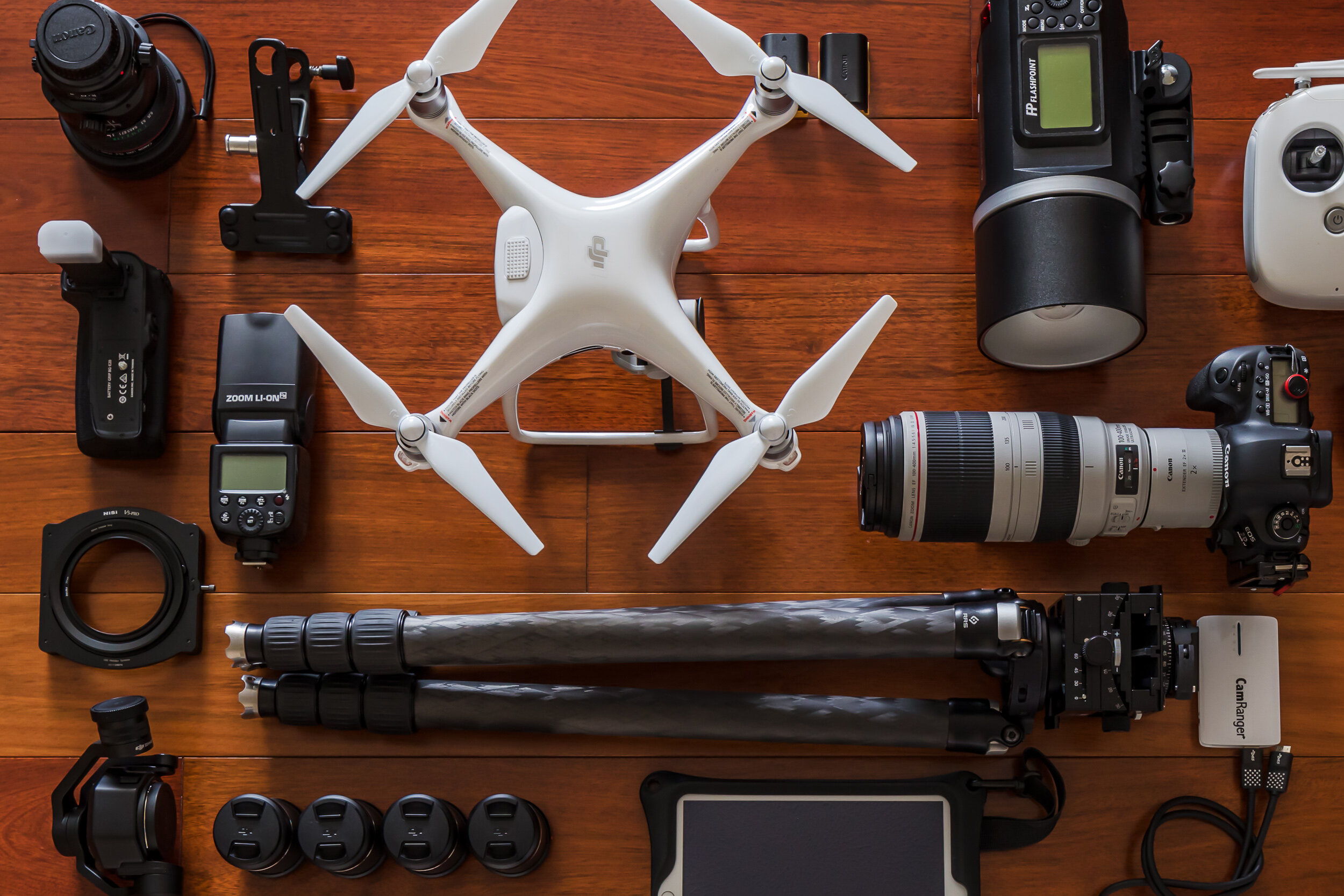
Camera & Drone Gear Blog
Info, Reviews, Comparisons, & News
If You're Shooting Architecture or Real Estate, Omni-Directional Lighting is Your Friend
A look at the benefits of using omni-directional globe lanterns for architecture.
- For when natural light or flash ceiling bounces won’t cut it -
See Also:
What Equipment Do I Use? Taking a Look at Lights
The Many Faces of the Godox AD200
Godox V860II Flash vs. Godox V1
( This page contains links to products, so if you find this site useful and use a link to make a purchase, I’ll get a small commission. As an Amazon Associate I earn from qualifying purchases. Thanks!)
I’ve been photographing architecture and real estate for several years. When I first started, I shot natural light only (using no flashes or lighting). This means I set my camera on a tripod, and for each image I wanted to produce I would take multiple exposures with varying shutter speeds to capture a wide dynamic range on site. Then at home on my computer, I would merge the exposures either manually or with HDR software. This approach can be helpful in some ways, but after a while I wanted to produce higher quality images with more control over how they look. I eventually started shooting with multiple lights, typically using walls and ceilings to bounce light.
Bouncing lights off walls and ceilings is great! They are like great big reflectors that produce soft light for your architectural scene. But what do you do when you encounter a scenario with dark wood or dark paint colors everywhere? I’d arrive at a location, and as I was walking up to the door I’d think to myself, “Oh buddy, this place looks huge! I hope they have white ceilings!”
I didn’t really know the best way to approach large spaces with dark walls and ceilings initially, so I started with the traditional classic: shoot-through umbrellas (STU’s). They are fairly multi-directional, but you don’t get an even spread of light to the sides of the STU, and half the light bounces backwards away from your scene. They can also be a bit awkward if you’re trying to hand-hold them. There are some STU’s & umbrella-like softboxes that resolve the backwards loss of light by including a reflective silver backing, such as the Westcott Round Halo. I didn’t buy those because I was looking for something I could hand-hold and fit through doors easily, and something that produced a more even spread of light to all sides.
After trying out STU’s, softboxes, beauty dishes, & bounce umbrellas (all which are wonderful for many uses other than large architectural spaces), I discovered globe lanterns. I have been using them on my Godox AD600’s, and if you want to send light evenly throughout a large space, there’s nothing better! You just twist off the basic reflector, unfold the lantern, and twist it on.
In some of the flash images you might see me holding a “light on a stick,” which consists of a Wooster Sherlock Extension Pole, a Godox V1 or V860II (see my other article for more information on that), and a cold shoe flash stand adapter. Depending on whether I’m using the Godox V1 or V860II, I often use a Gary Fong Diffuser or the Godox AK-R11 Dome Diffuser. When I want to produce light in smaller spaces where a giant globe lantern wouldn’t be practical or possible, the “light on a stick” saves the day!
I wish someone had told me about omni-directional diffusers when I first started using flash! If you’re just starting out and weren’t sure how to approach architectural spaces where natural light isn’t great and ceiling bounces won’t work very well, I hope you found this information useful. I certainly would have! =)






















